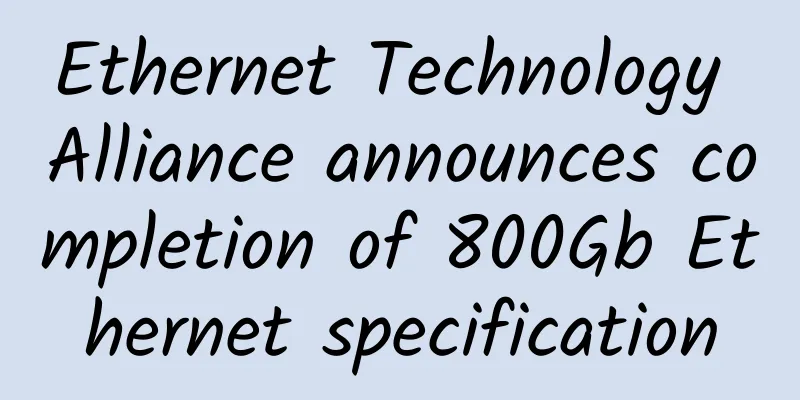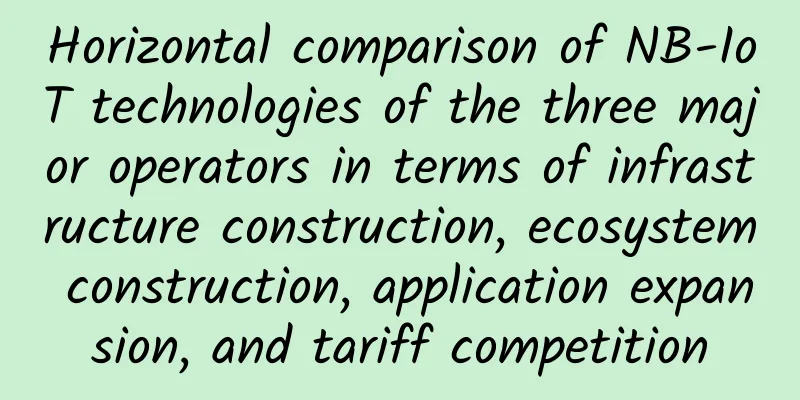Ethernet Technology Alliance announces completion of 800Gb Ethernet specification

The industry-supported Ethernet Technology Consortium (ETC) has announced the completion of the 800Gb Ethernet technical specification. The new specification is based on many of the technologies used in the current high-end 400Gb Ethernet protocol. The new specification is formally called 800GBASE-R. The consortium that designed it (then called the 25Gb Ethernet Consortium) also played an important role in the development of 25, 50 and 100Gb Ethernet protocols, and its members include Broadcom, Cisco, Google and Microsoft.
The 800Gb Ethernet specification adds new media access control (MAC) and physical coding sublayer (PCS) methods, and the new specification adjusts these functions to distribute data using eight 106.25Gbps physical channels. (A channel can be a copper twisted pair, a fiber optic cable, a bundle of optical fibers, or a light wave.) The 800GBASE-R specification builds on two 400GbE 2xClause PCSs to create a single MAC that runs at an aggregate rate of 800Gbps. Although the main use is eight 106.25Gb lanes, this is not fixed. It is possible to use 16 lanes at half the speed (53.125Gbps). The new standard offers half the latency of the 400G Ethernet specification, but the new specification also cuts the forward error correction (FEC) overhead in half for networks running at 50 Gbps, 100 Gbps, and 200 Gbps, thereby reducing the packet processing burden on network cards. By reducing latency, this will meet the need for speed in latency-sensitive applications such as high-performance computing and artificial intelligence, where large amounts of data need to be moved as quickly as possible. Going from 400G to 800G isn’t a huge technological leap. It means adding more lanes at the same transfer rate and making some adjustments. But going beyond the terabyte level, which Cisco and other networking companies have been talking about for a decade, will require major changes to the technology, and it won’t be easy. New technology may not be cheap, either. 800G can be used with existing hardware, while 400Gb Ethernet switches are expensive, running into the six figures. Significant modifications to the technology, to cross the terabit barrier, will likely become even more expensive. But for large and high-performance computing customers, that makes sense. ETC did not say when the new hardware supporting 800G will arrive, but given that it is a minor change to the existing spec, it will probably appear this year, assuming the pandemic-induced lull does not affect it. |
<<: What is the Internet backbone and how does it work?
Recommend
NAT Technology for IPv4 Extension
When our company releases application systems or ...
LRU implementation with expiration time
[[382833]] I saw this algorithm a long time ago w...
An article explains what NVMe is
With the emergence of NVMe, the performance of ha...
How is lisahost? Lisa host US dual ISP three network 9929 line VPS simple test
A few days ago, the tribe shared the product info...
Huawei Cloud Solution Selection Competition and Cloud Migration Competition are in hot selection, looking for excellent solutions and talents
[51CTO.com original article] At the beginning of ...
The global chip shortage is starting to have significant real-world effects
Over the past few weeks, the severity of the glob...
Frontier | The Internet of Vehicles security ecosystem is taking shape
Internet of Vehicles Security Requires a Platform...
Is 5G data expensive? Should I change my SIM card? Learn what you don’t know about 5G!
Do I need to change my phone or SIM card in the 5...
Understanding UWB Ultra-Wideband Technology in One Article
"Point and hit" is often used to descri...
Since the advent of 5G, 4G network speed has become slower and slower?
With the arrival of 5G, many people have intuitiv...
The most comprehensive wireless bridge knowledge in history, just save this article!
Many friends asked about the knowledge related to...
What kind of storm will 5G, the Internet of Things, and artificial intelligence bring?
AI technology and TOT technology Ultimately, this...
[11.11] CMIVPS 50% off for annual VPS, 30% off for dedicated servers, 20% off for top-up
CMIVPS sent a promotional plan for this year'...
UiBot Store platform is coming soon: Driven by demand, empowering developers, and building a panoramic RPA ecosystem
At present, the new generation of digital labor r...
Detailed explanation with pictures and text: 12 mobile application design principles to improve user experience
【51CTO.com original article】 Today, with just the...




![[Black Friday] AlphaVPS: AMD Ryzen series from €15.99/year, large hard drive VPS from €19.99/year, Los Angeles/Germany/Bulgaria data centers](/upload/images/67cabcce4ecf1.webp)




